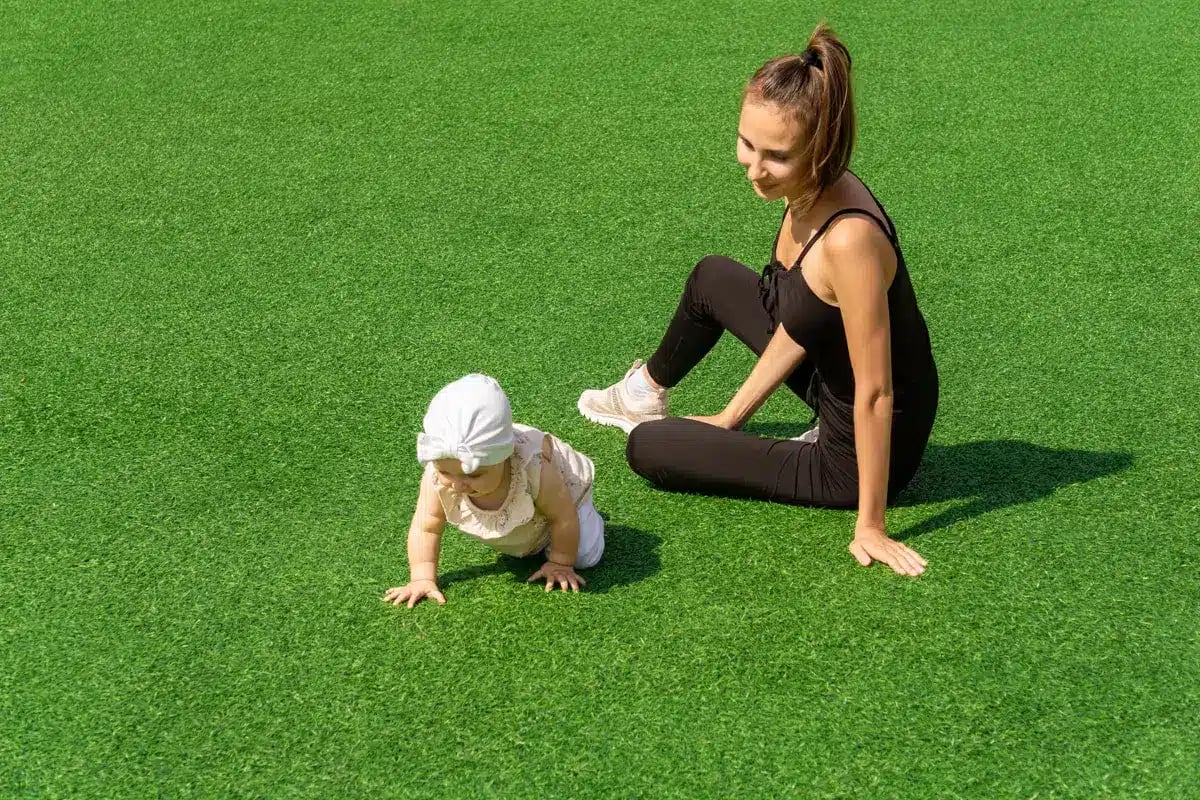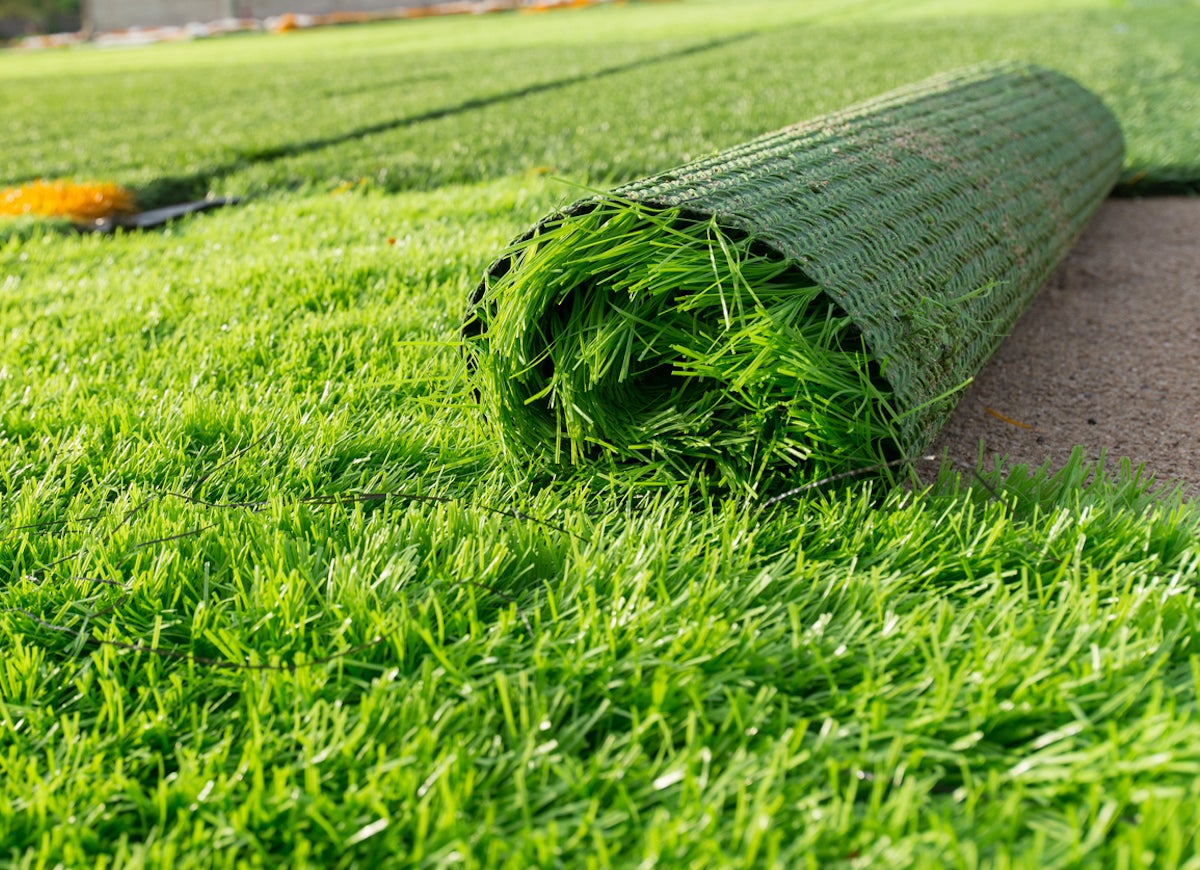Artificial Lawn: The Ultimate Option for Easy Yard Care
Man-made yard has been steadily getting appeal as a practical option to traditional lawn upkeep. From installation details to long-lasting price comparisons and environmental ramifications, the decision to decide for fabricated yard includes a nuanced analysis.
Benefits of Artificial Grass
When thinking about landscape design options, the benefits of fabricated turf appear in its reduced upkeep needs and year-round lavish look. Artificial grass supplies a sensible service for those seeking an attractive yard without the headache of consistent upkeep. Unlike all-natural turf, which needs routine watering, mowing, weeding, and fertilizing, synthetic grass stays vivid and green with minimal effort. This not just conserves time but likewise lowers water intake and eliminates the requirement for damaging chemicals often made use of in yard upkeep.
Additionally, fabricated grass provides a well-manicured and continually cool appearance throughout the year. Its toughness enables it to withstand hefty foot web traffic, harsh weather, and family pets without showing indications of damage - Artificial Grass. This durability ensures that your exterior space continues to be pristine and welcoming, enhancing the overall visual of your building
Additionally, man-made yard is a cost-efficient alternative in the future, as it eliminates the demand for costly maintenance equipment, water expenses, and specialist solutions. Its initial installation expense is promptly offset by the cost savings accumulated from lowered maintenance expenses, making it a smart investment for home owners wanting to improve their outside rooms easily.

Installation Refine
The smooth integration of man-made lawn into exterior areas begins with a thorough setup process that makes certain a enduring and visually enticing result - Artificial Grass. The setup process commonly entails a number of key actions to assure a high-grade coating. To start with, the existing grass or surface is carefully dug deep into to produce a smooth and level base for the artificial yard to be laid upon. This action is vital in avoiding unevenness or bumps in the final surface area. Next off, a geotextile membrane is commonly laid to protect against weed growth and make certain proper drain.
Following this, a layer of compressed sand or accumulation is spread out and leveled to further enhance the security and water drainage of the artificial lawn. This thorough installation process is necessary in attaining a resilient and flawless artificial grass lawn.
Upkeep Tips
To support the pristine look and performance of your synthetic grass lawn, regular maintenance practices are necessary. In addition, rinsing the man-made grass with water periodically can help get rid of dust and small fragments that may work out on the fibers.

Furthermore, if you have animals, it is necessary to tidy up after them immediately to avoid smells and microbial development on the man-made turf surface area. By complying with these upkeep pointers, you can ensure that your synthetic turf lawn stays in leading condition for years ahead.
Price Contrast With Natural Yard
Contrasting the general prices in between fabricated grass and all-natural yard exposes significant distinctions that can impact long-term maintenance expenditures. Synthetic lawn calls for minimal upkeep contrasted to natural lawn, which requires normal watering, mowing, feeding, and pest control.
In the future, synthetic lawn confirms to be extra cost-effective as it removes the need for these normal upkeep tasks. Furthermore, man-made grass is immune and sturdy to damage, decreasing the requirement for learn this here now substitutes and repair work that are usual with natural grass. By considering the total costs associated with preserving a yard, synthetic turf emerges as a financially prudent choice for home owners aiming to minimize grass treatment expenses gradually.

Ecological Impact of Artificial Yard
Provided the financial benefits of deciding for artificial turf over all-natural turf, it is essential to examine the environmental effect associated with the usage of artificial grass. While fabricated lawn eliminates the demand for water, pesticides, and mowing, it positions specific ecological concerns.
In addition, synthetic lawn can bring about heat retention in click now urban areas, boosting and affecting local microclimates power usage for cooling. The absence of natural dirt and greenery likewise hinders water absorption and adds to emerge overflow, possibly resulting in water air pollution. Additionally, the disposal of synthetic grass at the end of its life-span presents a difficulty, as reusing choices are minimal and typically not commonly available. For that reason, while fabricated turf provides ease, its environmental effect needs to be thoroughly thought about in decision-making processes.
Verdict

In conclusion, synthetic turf uses a affordable and low-maintenance remedy for maintaining an attractive yard. When compared to natural turf, synthetic lawn requires much less water and maintenance, making it an environmentally friendly choice.
Contrasting the total expenses between artificial lawn and natural turf discloses significant distinctions that can influence lasting upkeep costs. Synthetic turf calls for very little maintenance compared to natural lawn, which entails normal watering, mowing, fertilizing, and bug control. Furthermore, fabricated lawn is resistant and long lasting to tear and put on, decreasing the demand for replacements and repair work that are common with all-natural lawn.Given the financial advantages of deciding view website for fabricated turf over all-natural turf, it is essential to examine the environmental effect linked with the use of fabricated turf. When compared to all-natural grass, man-made grass needs less water and maintenance, making it an ecologically friendly alternative.